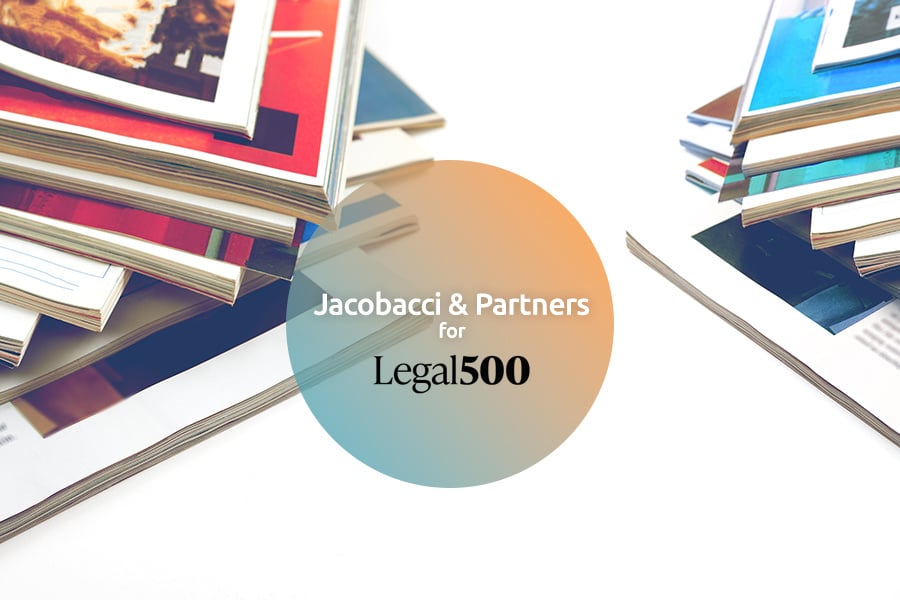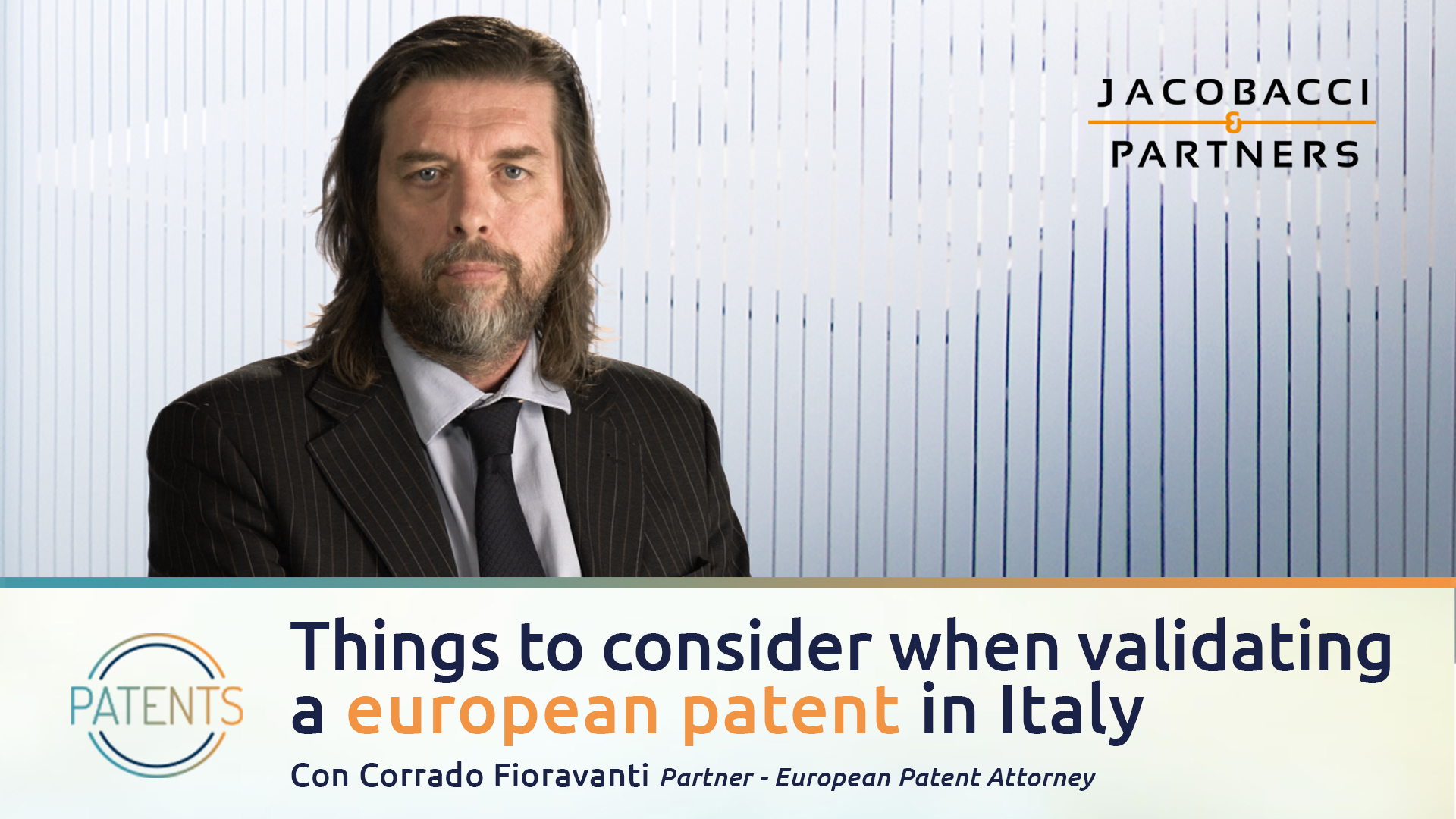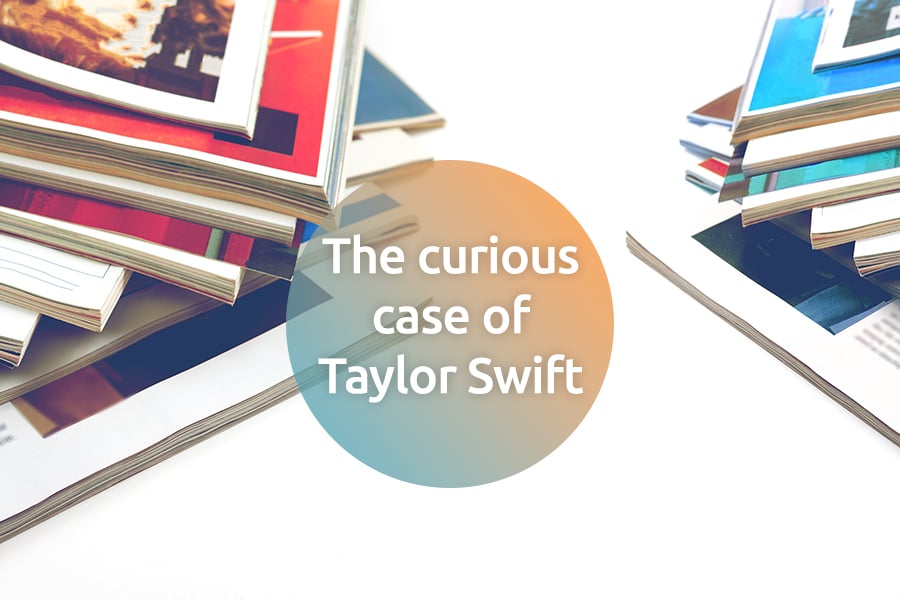An action for declaration of non-infringement may be generally de- fined as an action in which a third party, involved in or anticipating a possible or actual infringement dispute, requests that a court rule on its freedom to perform acts which otherwise could put such party at risk of being considered an infringer.
In Italy, Article 100 of the Code of Civil Procedure addresses whether there is standing for a party to bring an action before a court.
The Court of Milan's recent decision in Macchiavelli v Société des Produits Nestlé ad- dressed this issue.
Facts
Macchiavelli developed new espresso coffee capsule products and contacted Nestlé in writing asking for a written acknowledgement that their new products would not infringe patent rights owned by Nestlé.
Nestlé replied to Machiavelli’s request in a general way, simply pointing out that anyone is authorised to put new products on the market, provided that these products do not infringe any patent rights.
Based on Nestlé’s response (or lack thereof), Macchiavelli asked the court to declare that the production and sale of its new products did not infringe patent rights held by Nestlé. Macchiavelli urged the court to remove uncertainty and enable them to pursue marketing activities in which considerable investment had been made.
Court of Milan decision
The Court of Milan rejected Macchiavelli’s request, holding that Nestlé’s generic reply to Macchiavelli’s request to provide written acknowledgment of non-infringement was an insufficient basis for instituting an action for declaration of non-infringement.
The court’s decision took the following positions:
An action for declaration of non-infringement as a provisional measure can be lodged only when the patentee has clearly stated that there is infringement. On the other hand, mere subjective uncertainty does not provide third parties with a basis for lodging an action for a declaration of non-infringement.
A company must bear the risk of infringing patents on its own – it cannot shift or transfer this risk to the patent owner. Therefore, a company asked by a third party whether a patent is infringed by a competitor’s product has the right not to respond to such inquiry.
By placing a product on the market the company demonstrated that there was no need or urgency to obtain a court decision.
Comment
This issue has been addressed by other Italian courts, which have reached different con- clusions, including finding a basis for jurisdiction over a declaratory judgment action in circumstances that are similar to the instant case. Even so, this decision suggests that the Italian approach to establishing a basis for filing a declaration of non-infringement is stricter than in many other European countries. For example, in France and the United Kingdom, if the patent owner does not answer a request for acknowledgement of non- infringement, a third party may apply for declaratory relief.
Further, the Court of Milan’s approach differs considerably from the relevant law pro- vided for in the planned Unified Patent Court, which should enter into force in several European countries, including Italy. According to Article 61 of the Rules of Procedure of the Unified Patent Court (18th draft of October 19 2015), a declaration of non-in- fringement may be sought when a patent owner refuses or fails to acknowledge non- infringement in response to an inquiry made by a third party.
These different approaches may lead to diverging decisions by Italian courts, depending on whether such a matter relates to:
-
national patents’
-
"traditional" European patents; or
-
European patents with unitary effect.
The Court of Milan’s ruling on the non-transferability of patent infringement risk, while possibly an outlier, is still important. It suggests that risk of infringement in Italy should be assessed by the company seeking to introduce a new product on the market. There- fore, it is important that such companies perform robust freedom-to-operate analyses before launching new products.
The ruling also suggests that there is a requirement of a clear (ie, not just potential) conflict to justify a request to a court for a declaration of non-infringement. Based on the court’s reasoning, it follows that a warning letter or at least some type of threat by the patent owner is required. Further, a direct statement by the patent owner stating that a third party’s product or method is infringing a patent may suffice.





